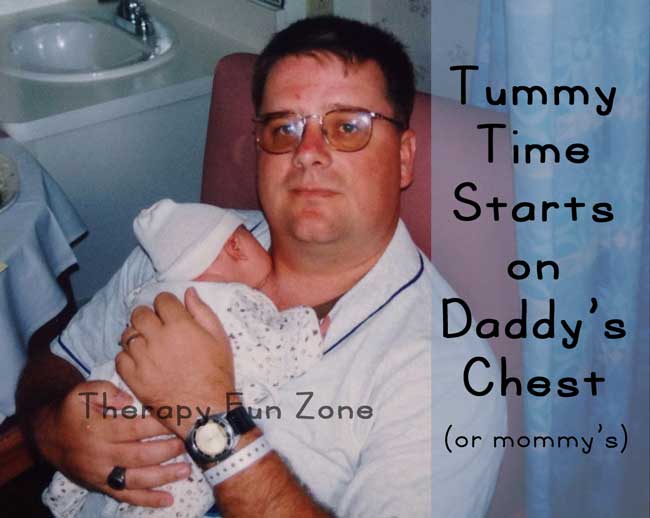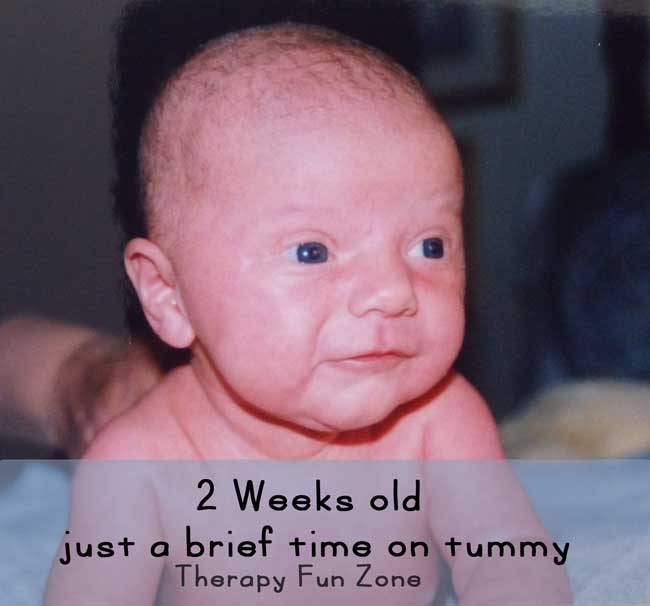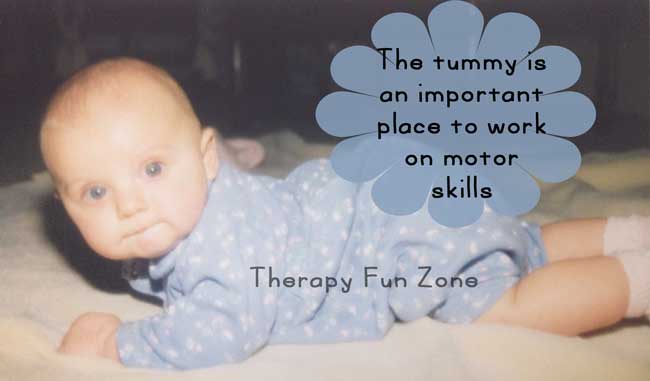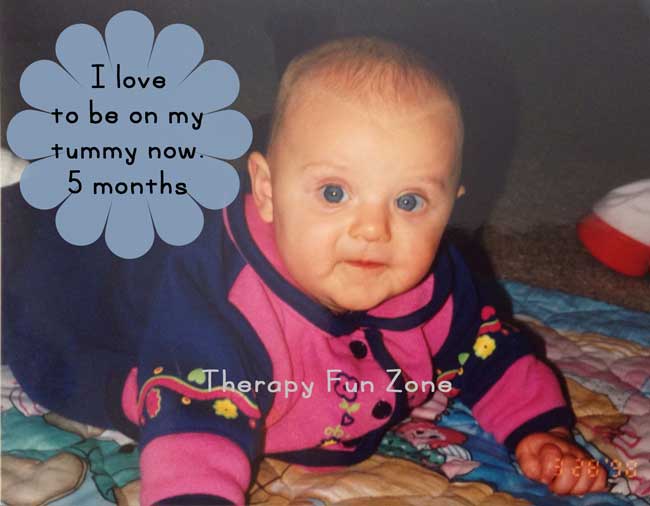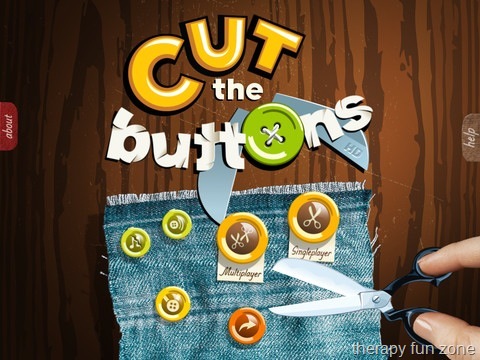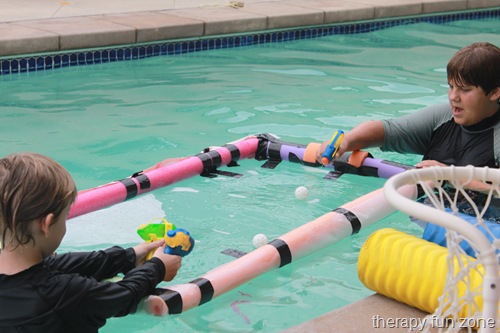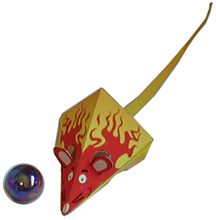Tummy Time – The Basics
This post may contain affiliate links.
What is tummy time? Why is it used? Is it necessary? Tummy time is when you have your baby spend some awake time on their stomach. It is a fairly recent term that was started after the “Back to Sleep” campaign began here in the United States.
Let’s look at it from a motor development perspective. When a baby is born, they have been all curled and flexed up in the womb for months. When they come out, their muscles are still in fetal flexion and it takes time for them to stretch out those muscles. This is one reason that it used to be a regular practice to put a baby to sleep on their stomachs. They were all flexed up and fit perfectly on their stomachs with their legs curled up under them. You don’t startle as easily in your sleep when curled up on your stomach as well.
But, the back to sleep program recommends putting babies to sleep on their backs or side lying with a positioner in order to prevent SIDS (Sudden Infant Death Syndrome). The program has been beneficial and the number of SIDS cases decreased.
Developmental Perspective
In child development, the ingrained instinct is for the body to work against gravity to strengthen and develop muscles. It therefore helps the development of the extensor (and some flexors) muscles in the baby’s body to be able to push into the ground to extend their body up against gravity. This is one of the most basic and all encompassing tools that we use in therapy to facilitate development, which is weight bearing into a surface to stimulate activation of those muscles. That being said, in normal development, kids are usually drawn to these weight bearing types of activities on their own and don’t usually need to be told or made to do them.
In fact, tummy time is probably happening frequently and you don’t even recognize it. When you lay or sit on the couch with your baby on your chest, that is tummy time. When you hold your baby in the football hold (which many babies prefer), that is tummy time. When you burp your baby over your shoulder, that could be tummy time (depending on the position).
Tummy time does not have to be forced, and it does not have to be painful (for anyone) but it does have to be done (and is likely being done without your knowledge).
Many kids that I work with may get upset when we work prone (on their stomachs) because it is hard for them to work their muscles against gravity. To make it easier, we work at an angle instead of flat. I will frequently use my body and hold the child, and then move them around into different positions in my arms and on my lap. You probably already do this with your baby, and if you don’t, it’s a good place to start. Then we play on a ball, or on a wedge, or on a pillow or cushions. Multiple positions and lots of moving around is what makes it fun and keeps it from getting hard and frustrating.
If your baby cries when you try to do tummy time, they are probably frustrated and tired. It means that it is time to move on to another position or activity. As they get stronger and develop skills, they don’t get tired and frustrated as quickly, so they can spend more time working on those prone weight bearing skills (on their tummy).
When working on weight bearing against gravity, the muscles you are strengthening are the muscles that have to push into the surface, which are the ones that are working against gravity.
These muscles are:
- Arm extensors
- Hand flexors
- Wrist flexors
- Shoulder co-contraction
- Tummy flexors (tighten for core)
- Hip co-contraction
Bet you didn’t know all of those muscles were working just by laying down on your back with your baby on your chest.
What is your favorite way to have tummy time?
We are linking up to other therapist’s posts about tummy time so that you can read about lots of different perspectives.
- Pink Oatmeal — Tips For Tummy Time From A Physical Therapist
- recycling ot — Tummy Time and Baby’s First Year
- Mama OT — How to Use a Therapy Ball to Make Tummy Time Easier and More Fun for Baby
- The Inspired Treehouse — 5 Awesome Toys for Tummy Time!
- GoldenReflections Blog — The Importance of Tummy Time for Babies
- Your Kids OT — Terrific tummy time positions
- Tools to Grow, Inc. — Tummy Time: Developmental Consequences & Future Implications
- Pediatric OT Tips — Tummy time Tips
- Your Therapy Source — Tummy Time Isn’t Just for Babies
- Starfish Therapies — Tummy Time – More Than Just A Buzz Word
- Playapy Platform — Tummy Time Never Gets Old
- Smarty Pants Mom — Is Tummy Time Important

